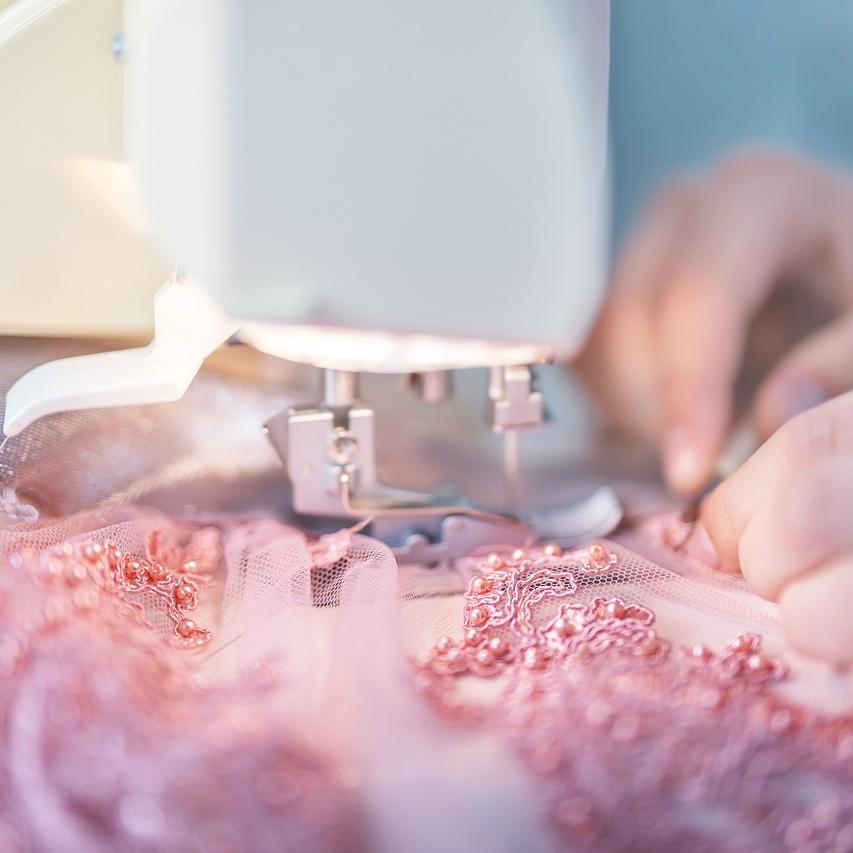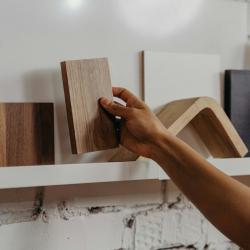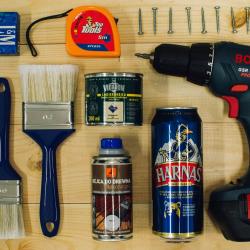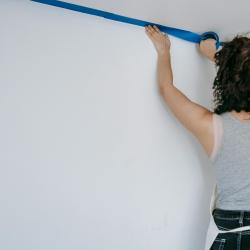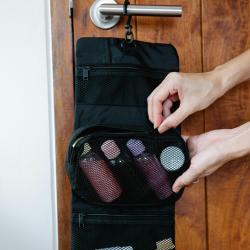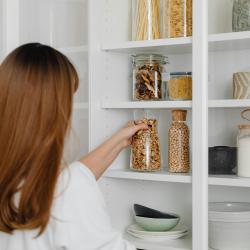How to Sew a Simple Curtain
Curtains are not only functional, providing privacy and controlling light, but they also add a touch of style and personality to any room. While store-bought options abound, creating your own curtains allows you to choose the perfect fabric, size, and design to fit your home's decor. Whether you're a sewing novice or have some experience, making a simple curtain is an approachable project. This guide will walk you through the steps needed to sew your own curtain.
Materials Needed
Before you begin, gather the following materials:
- Fabric of your choice
- Matching thread
- Curtain rod and rods
- Scissors
- Tape measure
- Pins
- Iron and ironing board
- Sewing machine
- Sewing needle (for hand finishing, if needed)
- Fabric marker or chalk
Step 1: Measure Your Windows
Start by measuring the width and height of your window to determine the size of your curtain. Consider how much you want the curtain to overlap the window frame for complete coverage. Typically, curtains are 1.5 to 3 times the window width for fullness. Add extra to the height for hemming and any desired header.
Step 2: Choose Your Fabric
Selecting the right fabric is crucial for both the appearance and functionality of your curtains. Light fabrics like cotton or linen are ideal for a bright, airy feel, while heavier fabrics like velvet or brocade offer more privacy and insulation. Ensure your choice complements the room's decor.
Step 3: Prepare Your Fabric
Pre-wash your fabric to allow any shrinkage to occur before you sew. Iron the fabric afterward to eliminate any wrinkles and make it easier to work with.
Step 4: Cut the Fabric
Once your fabric is ready, lay it flat on a large surface. With your measurements in hand, use a fabric marker or chalk to draw the cutting lines, remembering to add extra for the hems and header. Cut along these lines carefully.
Step 5: Hem the Sides
Fold over the edges of the fabric by about half an inch (1.27 cm) along the long sides. Press with an iron, pin into place, and then sew straight lines to create clean, finished sides. You can use a straight stitch for this purpose.
Step 6: Create the Top Header
The top header is where the rod will go. Assuming you've decided on the width of the rod pocket, fold over the top of the fabric accordingly—usually around 2-4 inches (5.08 - 10.16 cm) is sufficient. Iron and pin the fold, then sew a straight line along the lower edge of the fold to form the pocket for the rod.
Step 7: Sew the Bottom Hem
For a neat finish, fold the bottom edge of the fabric up by an inch, press with an iron, and then fold up again to conceal the raw edge. Pin the fold in place and sew along the upper edge of the fold. This method ensures a clean hem and prevents fraying.
Step 8: Finish and Hang the Curtain
Inspect your curtain for any loose threads or adjustments needed. Once satisfied, insert your curtain rod through the top header and hang your curtain. Make sure it hangs evenly and adjust if necessary.
Conclusion
Sewing a simple curtain is an achievable project that can enhance your room's aesthetic and personal touch. With practice, you'll gain confidence and may even venture into more complex designs. But with this guide, you'll have a beautiful, custom-made curtain to enjoy. Happy sewing!
